Indianz.Com > News > Montana Free Press: Confederated Salish and Kootenai Tribes celebrate return of bison range
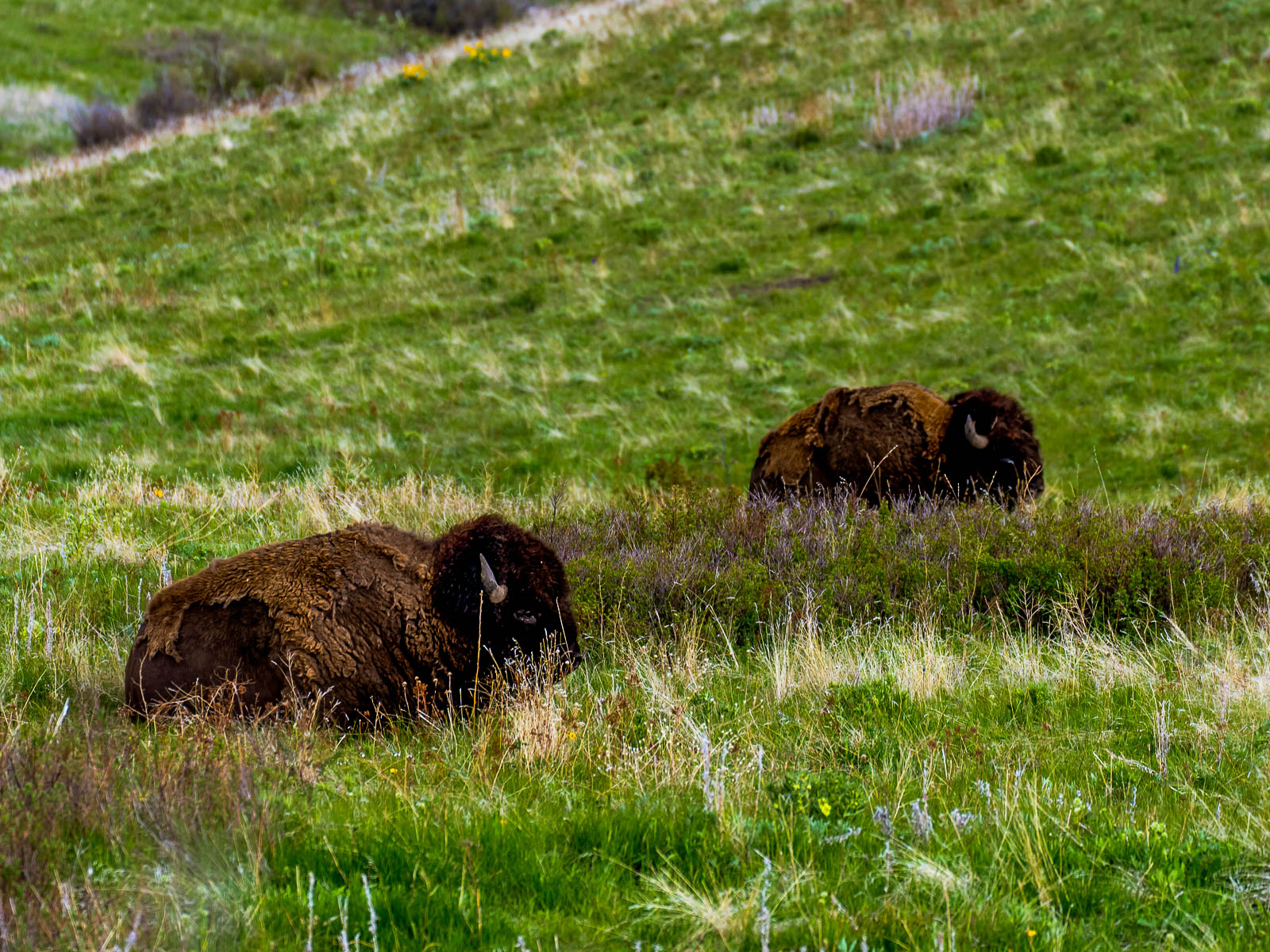
A Bison Range homecoming
Confederated Salish and Kootenai Tribes and neighbors celebrate “restoration of a piece that was missing.”
Tuesday, May 24, 2022
Montana Free Press
MOIESE — The sound of drumming filled the rolling hills of the National Bison Range. Members of the Confederated Salish and Kootenai Tribes and neighbors gathered under a large tent to sing and dance in celebration of a historic event: the tribes’ reclamation of management of the Bison Range after more than a century of federal management and nearly two decades of negotiations.
“This all dates back to the treaty of 1855, when that agreement wasn’t honored and this land was taken by the government,” said Stephanie Gillin, wildlife biologist for the CSKT Natural Resources Department.
Without tribal consent, the federal government established the National Bison Range in 1908 as a 19,000-acre preserve in the middle of the Flathead Indian Reservation. Tribal members were excluded from bison management despite their involvement in the herd’s creation.
The three-day celebration began with a powwow on Friday and ended with half-price entry to the Bison Range on Sunday. The event featured appearances by U.S. Sen. Jon Tester and Secretary of the Interior Deb Haaland. On Saturday, Haaland spoke before a crowd at Salish Kootenai College in Pablo to honor the resilience of tribal nations. “With the loss of tribal homelands and the depletion of the buffalo herds, the plains tribes lost traditional connections with this beautiful animal. But despite that terrible tragedy and loss, we are still here. You are still here. And that is something to celebrate,” Haaland said. After years of failed negotiations, the transfer was accomplished through enactment of the Montana Water Rights Protection Act of 2020, returning the Bison Range to CSKT management. The transfer became official on January 2, 2022. “The return of the Bison Range to these tribes is a triumph and a testament to what can happen when we collaboratively work together to restore balance to ecosystems that were injured by greed and disrespect,” Haaland said. The following photos offer viewers a brief glimpse into the weekend’s emotional celebration. From heartfelt speeches to rambunctious Native games, the event was full of life, joy and color. On Friday, an announcer repeatedly proclaimed, “It’s a good day to be Indian.” Every elder who spoke reiterated the important role played by bison in Native culture, including a deep spiritual connection that makes the management transfer more than a matter of legal logistics. At the announcer’s urging, non-tribal members flooded the dance floor during Friday’s powwow, dancing alongside tribal members in full regalia, embracing a culture that isn’t their own, and celebrating a victory they clearly regarded as shared.This weekend, I was honored to celebrate the culmination of conservation efforts guided by Indigenous knowledge and @Interior’s commitment to honor our treaty obligations to Tribes by returning the National Bison Range to the Confederated Salish and Kootenai Tribes. pic.twitter.com/7nrH6B2kPw
— Secretary Deb Haaland (@SecDebHaaland) May 23, 2022
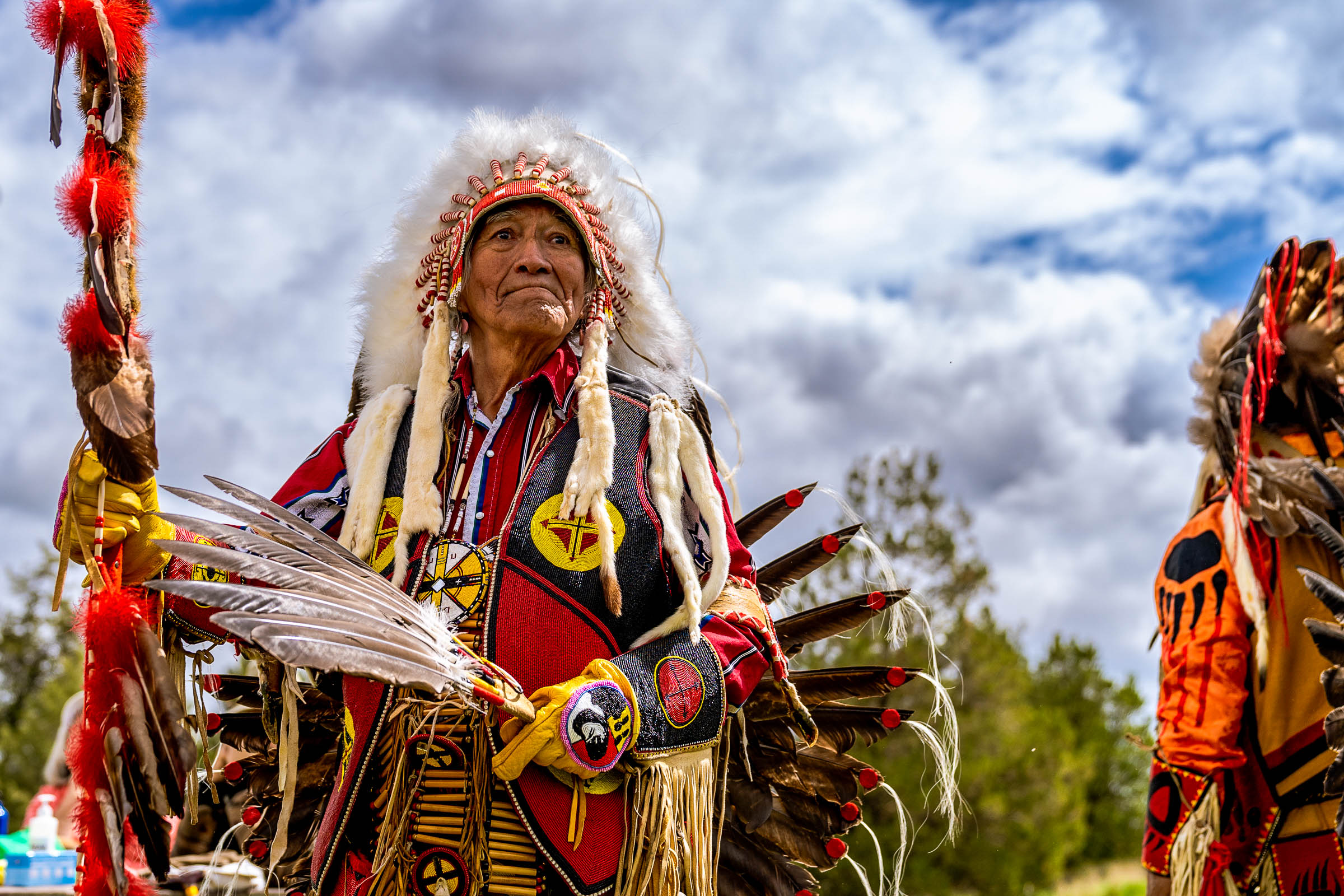
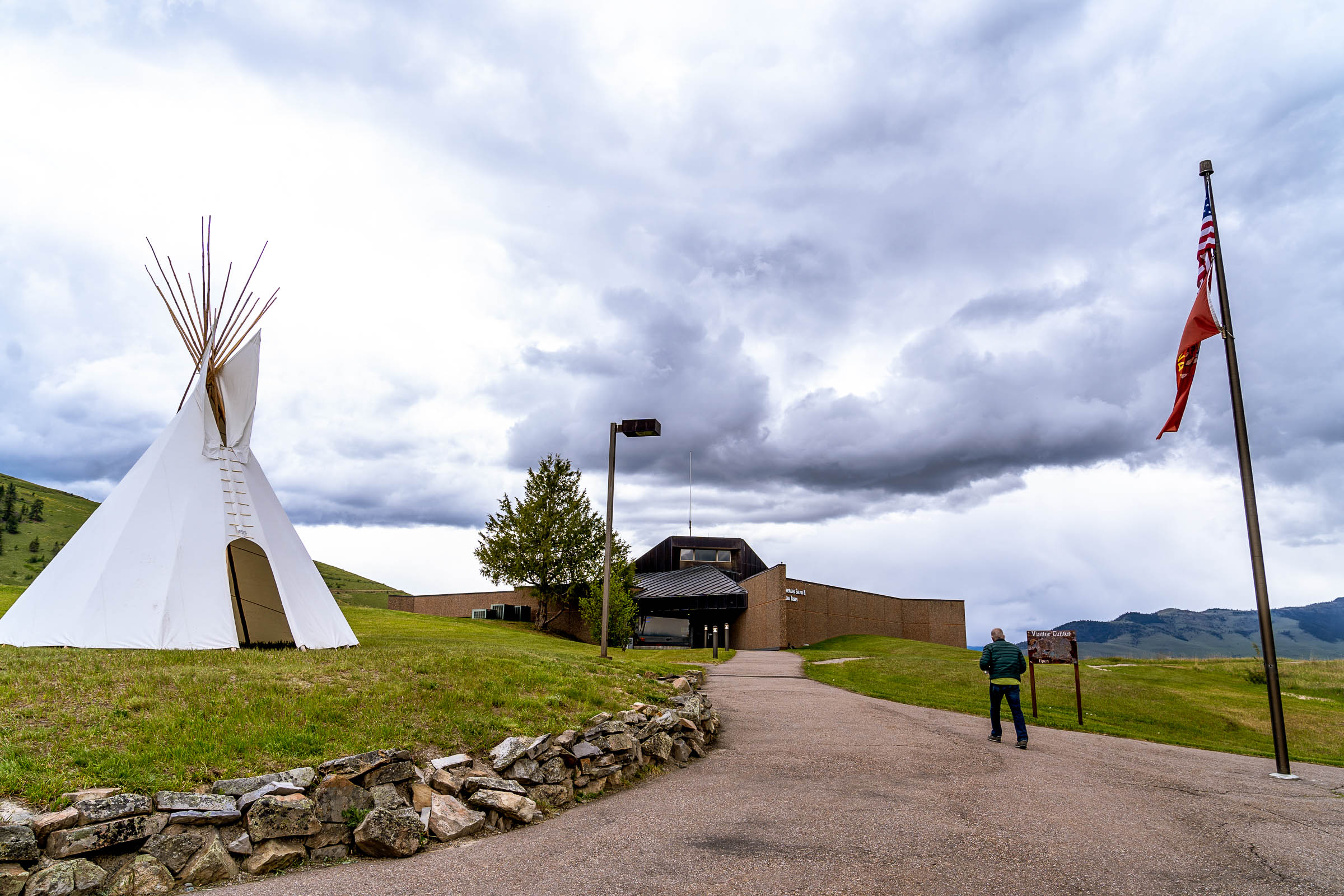
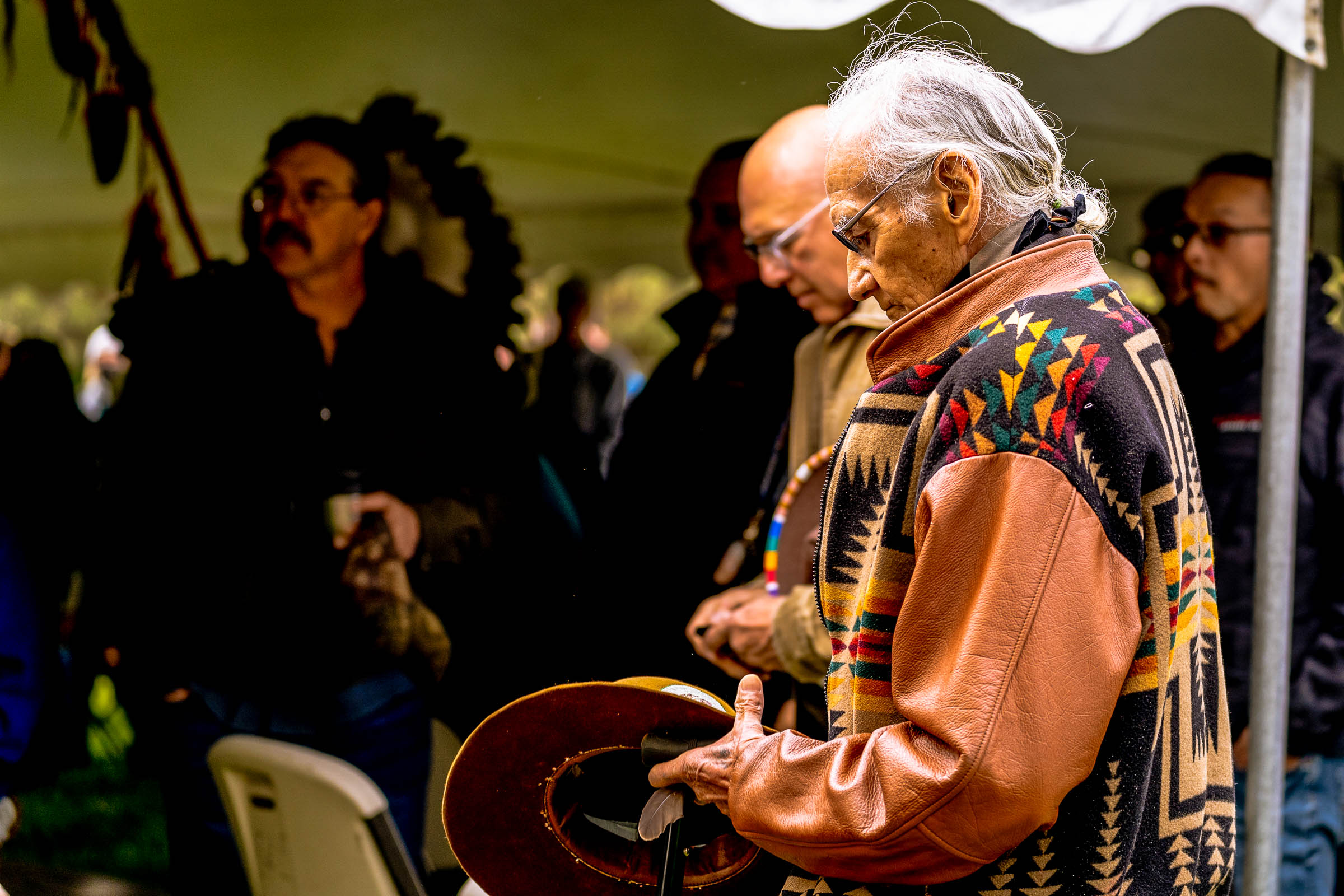
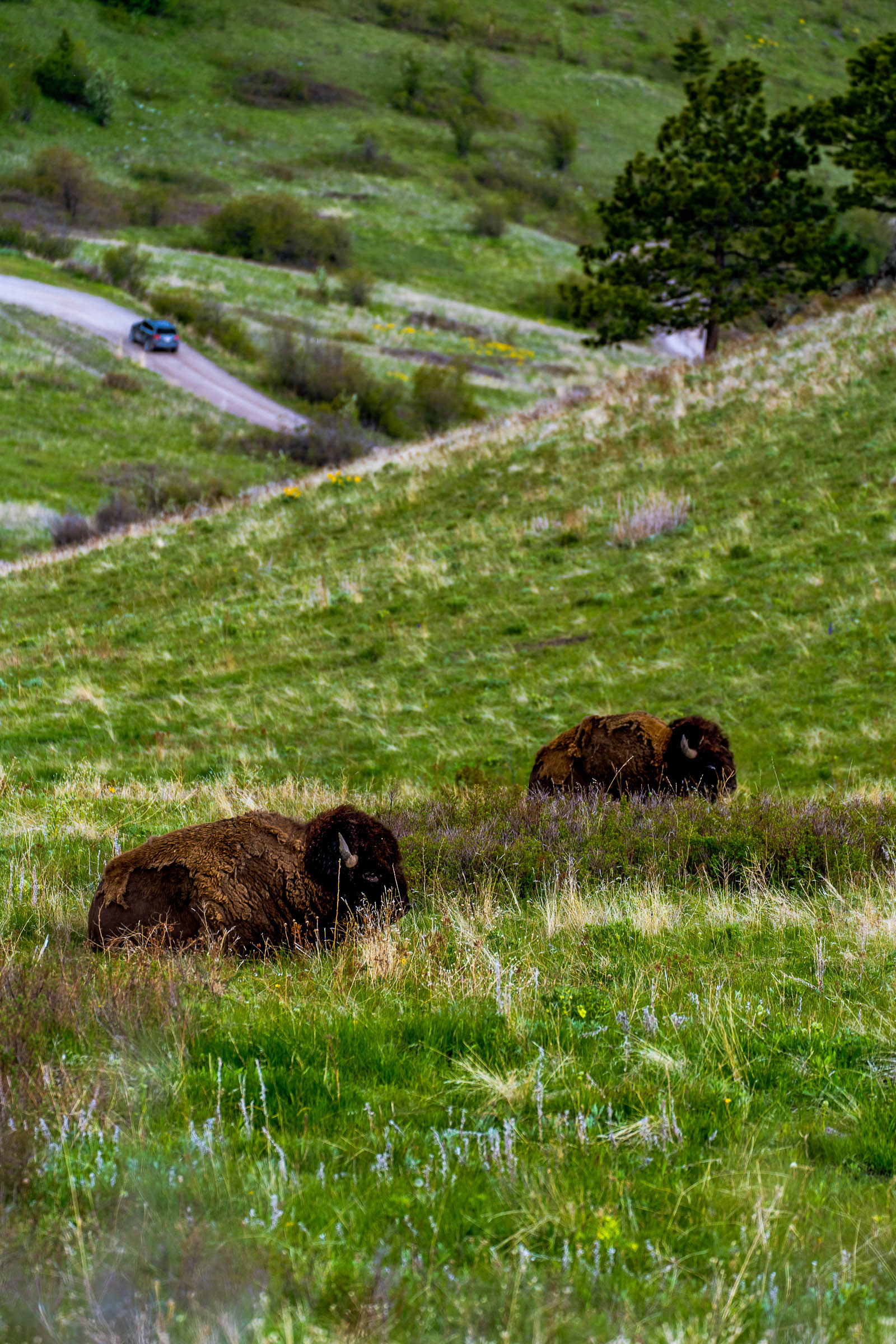
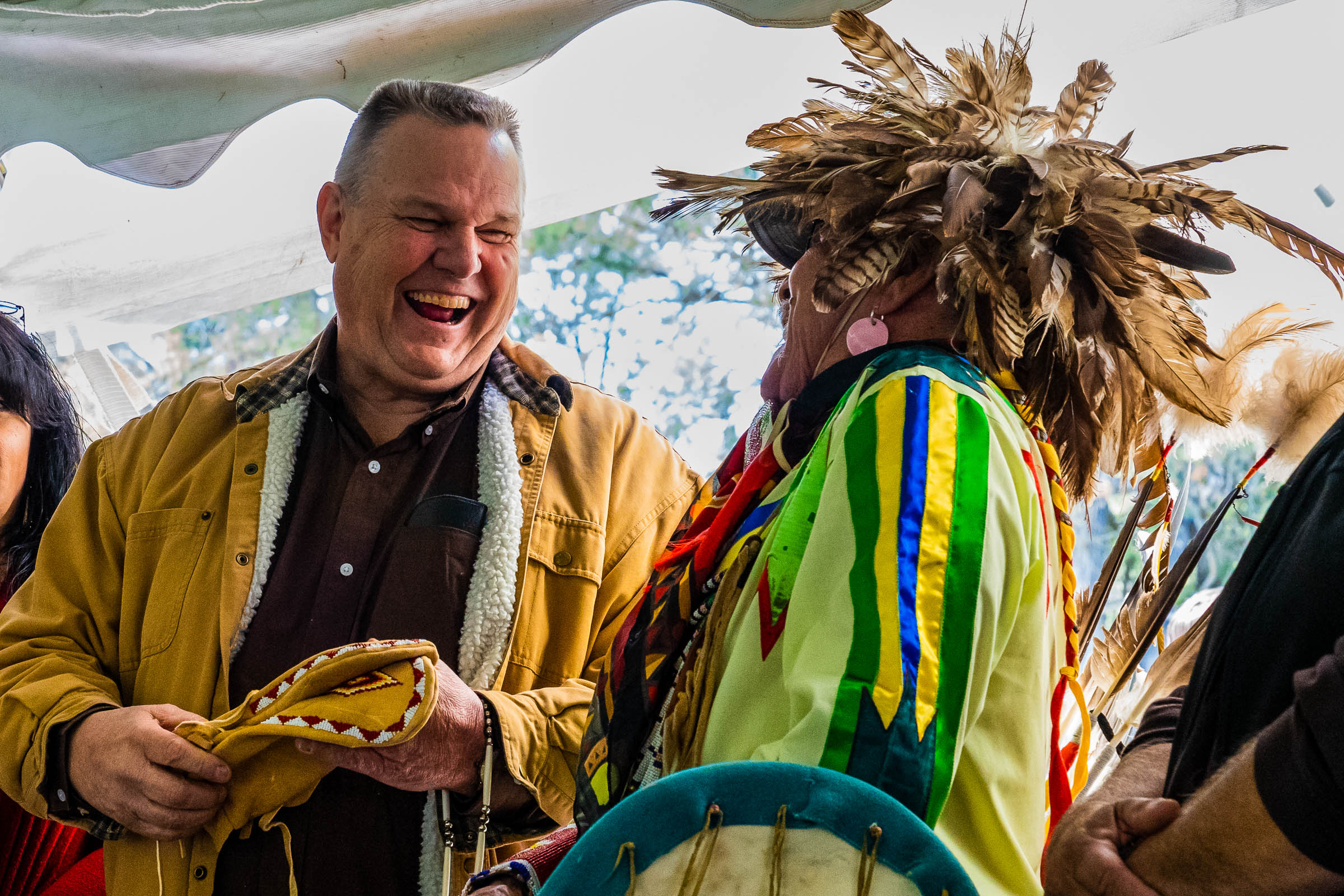
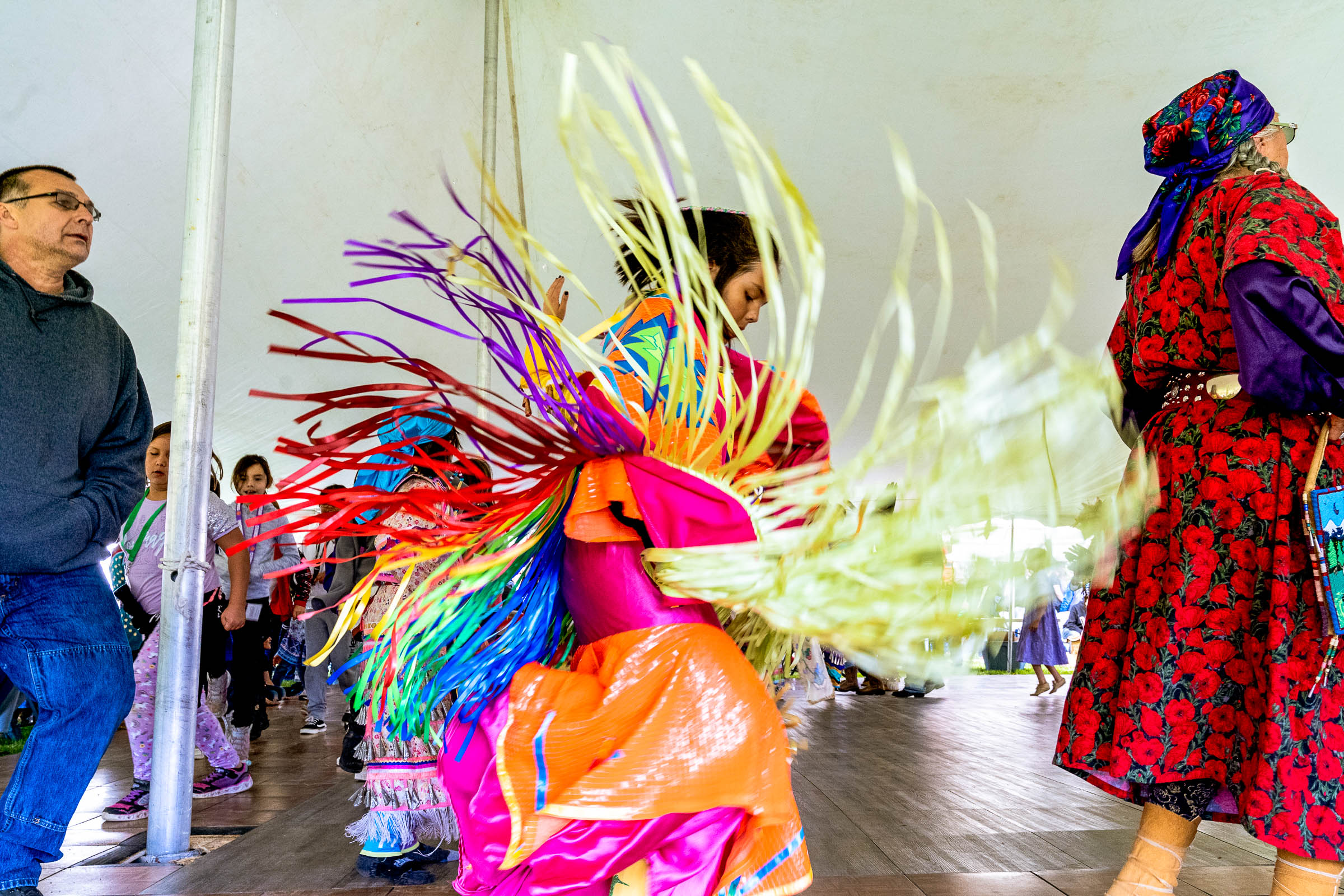
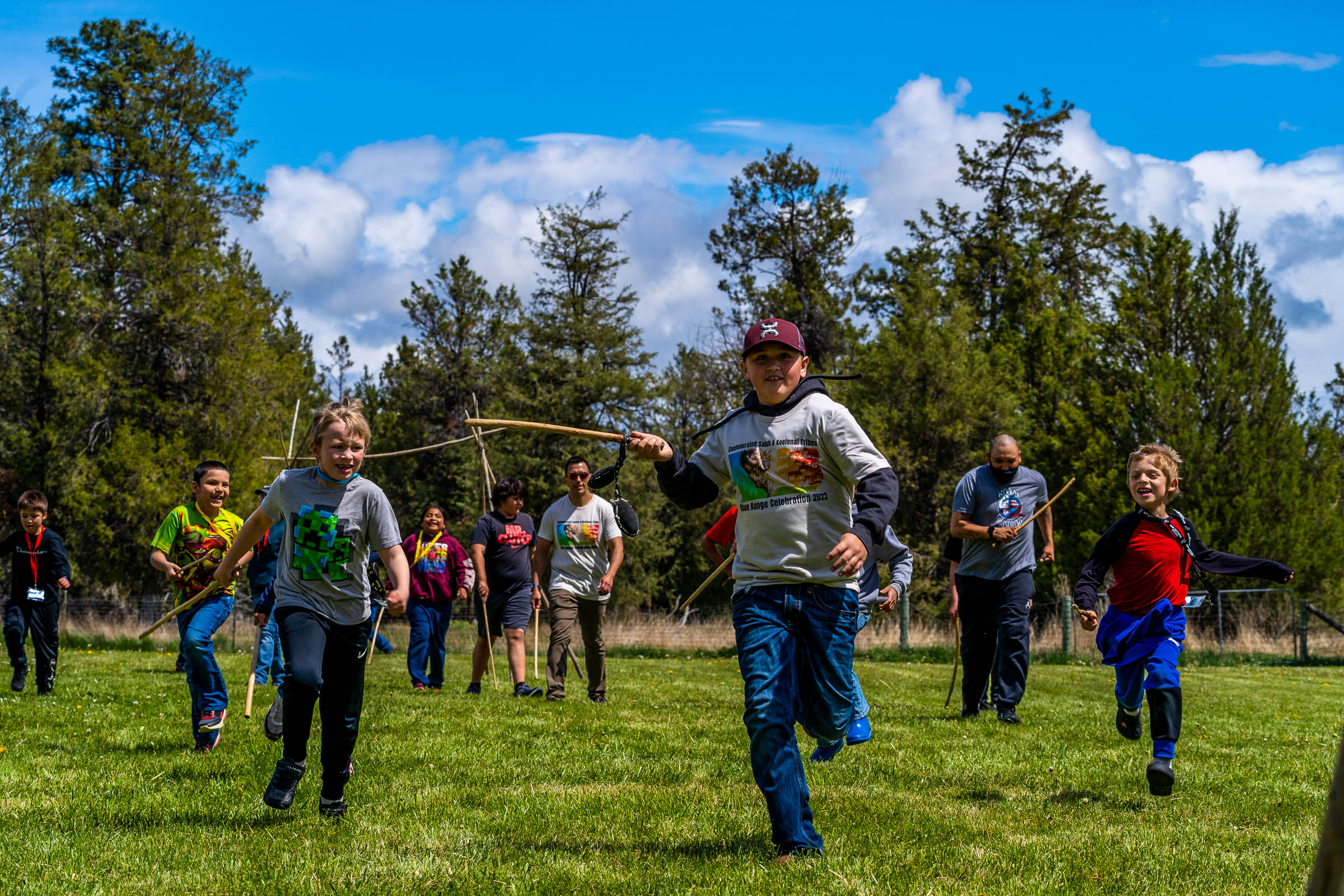
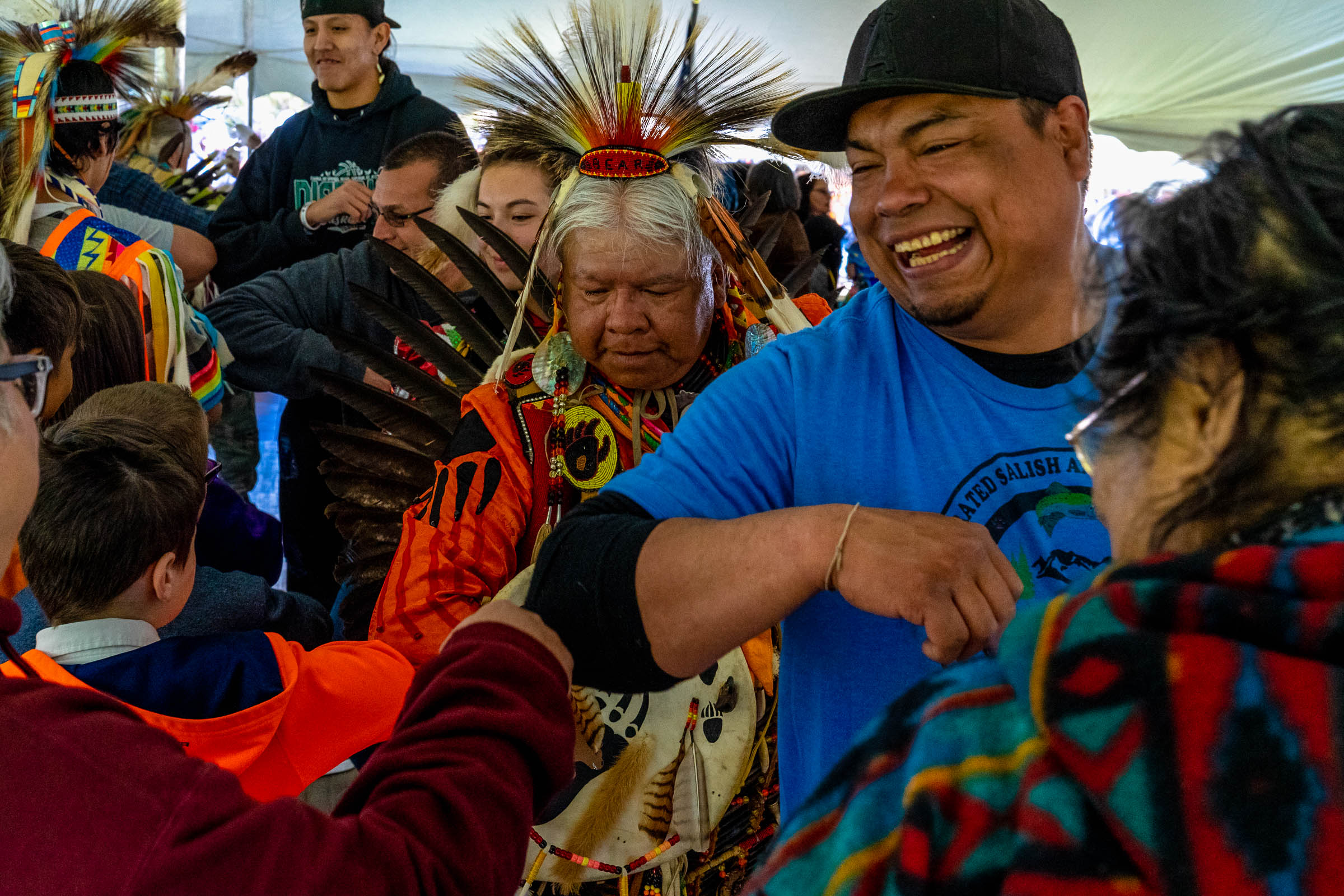

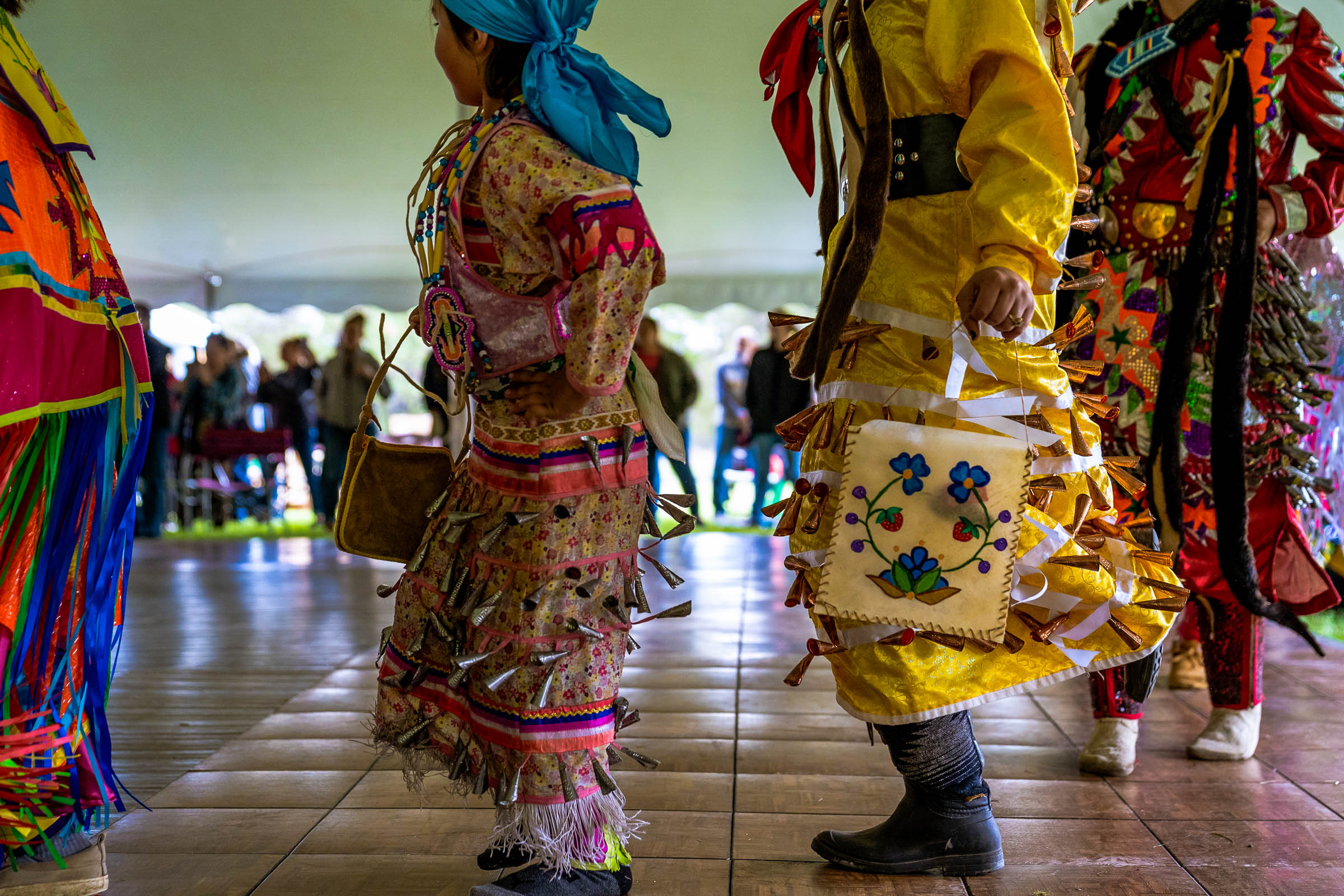
Sarah Mosquera is a freelance photojournalist based in Missoula. She is originally from Colorado and recently graduated from the University of Montana with a Masters degree in Environmental Science and Natural Resource Journalism. Find more of her work at sarahmosquera.com.
Note: This story originally appeared on Montana Free Press. It is published under a Creative Commons license.
Search
Filed Under
Tags
More Headlines
AUDIO: The Alyce Spotted Bear and Walter Soboleff Commission’s Report on Native Children
VIDEO: The Alyce Spotted Bear and Walter Soboleff Commission’s Report on Native Children
Native America Calling: Charting the future of Native jazz
Native America Calling: Miss Indian World Kassie John
AUDIO: American Indian & Alaska Native Public Witness Hearing: Day 1, Afternoon Session
AUDIO: American Indian & Alaska Native Public Witness Hearing: Day 1, Morning Session
Senate Committee on Indian Affairs hosts discussion on Native children
Native America Calling: Is the sky the limit for tribal sovereignty?
Native America Calling: The economic strength — and responsibilities — of tribal wealth
AUDIO: Senate Committee on Indian Affairs Legislative Hearing to receive testimony on S. 465 & S. 2695
VIDEO: Senate Committee on Indian Affairs Legislative Hearing to receive testimony on S. 465 & S. 2695
AUDIO: Senate Committee on Indian Affairs Business Meeting to consider S. 616, S. 2868, S. 3022, H.R. 1240, S. 2796
VIDEO: Senate Committee on Indian Affairs Business Meeting to consider S. 616, S. 2868, S. 3022, H.R. 1240, S. 2796
NAFOA: 5 Things You Need to Know this Week
Chuck Hoskin: Cherokee Nation works to support autism in our community
More Headlines
VIDEO: The Alyce Spotted Bear and Walter Soboleff Commission’s Report on Native Children
Native America Calling: Charting the future of Native jazz
Native America Calling: Miss Indian World Kassie John
AUDIO: American Indian & Alaska Native Public Witness Hearing: Day 1, Afternoon Session
AUDIO: American Indian & Alaska Native Public Witness Hearing: Day 1, Morning Session
Senate Committee on Indian Affairs hosts discussion on Native children
Native America Calling: Is the sky the limit for tribal sovereignty?
Native America Calling: The economic strength — and responsibilities — of tribal wealth
AUDIO: Senate Committee on Indian Affairs Legislative Hearing to receive testimony on S. 465 & S. 2695
VIDEO: Senate Committee on Indian Affairs Legislative Hearing to receive testimony on S. 465 & S. 2695
AUDIO: Senate Committee on Indian Affairs Business Meeting to consider S. 616, S. 2868, S. 3022, H.R. 1240, S. 2796
VIDEO: Senate Committee on Indian Affairs Business Meeting to consider S. 616, S. 2868, S. 3022, H.R. 1240, S. 2796
NAFOA: 5 Things You Need to Know this Week
Chuck Hoskin: Cherokee Nation works to support autism in our community
More Headlines